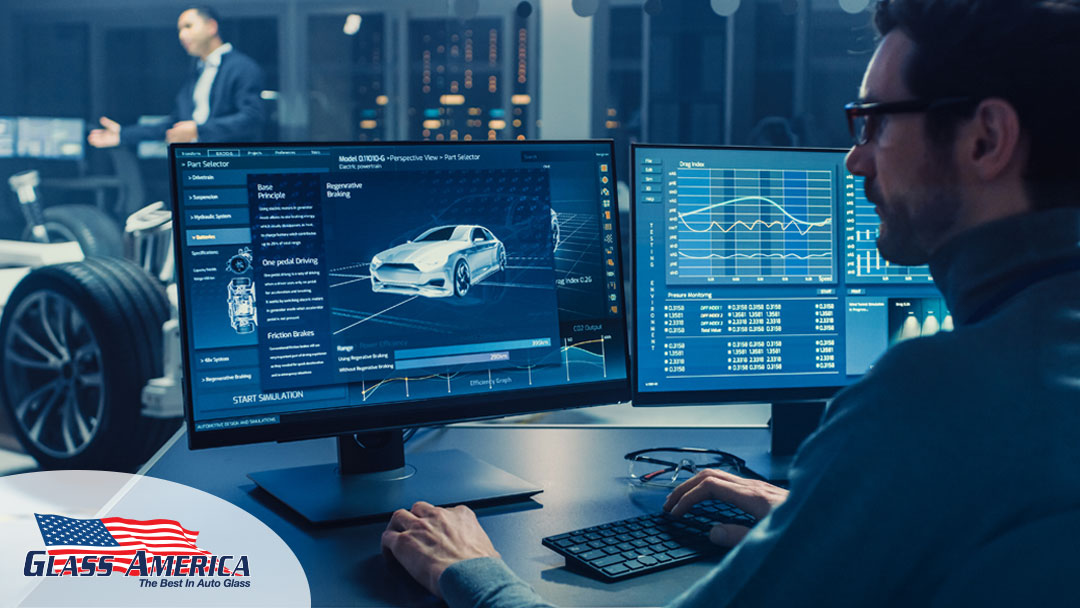Have you ever thought about the fact that the first cars invented did not have windshields? While many drivers and passengers at the time wore goggles, this, of course, left drivers and their passengers exposed to the elements (and bugs). Eventually, car manufacturers working with engineers changed this and now, most of us probably cannot imagine riding in a car without a windshield. The first windshields are a far cry from today’s modern windshields, but they kept rain and bugs out and protected the driver and passengers. In 2021, windshields feature some of the most advanced technology available and make the driving experience safer and more pleasant.
Auto Glass History 101
In the early 1950s, Asahi Glass Company (AGC) supplied automotive glass to Japanese automobile manufacturers. The only requirements at the time were glass transparency and safety but eventually, different car models were designed and built, and new glass shapes had to be created for these. When every American driver decided radio was a must-have, this required the addition of antennas that could broadcast AM and FM stations to the glass by the 1970s. In time, the glass antenna was able to pick up different frequencies, car navigation, heads-up displays, keyless entry systems, etc. By 2003, it was possible to install four different antennas in the front windshields and rear glass of vehicles. And today, windshields with cameras and other features allow for alerting against imminent collisions, advising on navigation and current travel speed, and much more.
Auto Glass – How It has Made
Beginning in the 1910s, there was a need for safe auto glass because the shattered glass during accidents was causing more injuries to passengers than the accident itself. As a result, Ford and Chrysler’s engineers designed vehicles with new glass – even curved windshields composed of one piece of glass by 1934.
By the 1950s, General Motors debuted a car with a panoramic windshield that offered a better view of the road – a clear safety enhancement although the price for this glass remained high. Auto engineers developed safer, more affordable glass that was finally made available in the late 1950s. The British firm Pilkington initiated a new style of glassmaking in 1959 – a float-style glass that melted, mixed, and pushed glass components through a narrow opening onto a molten tin. It was a higher quality glass that was less expensive. Advancements in windshield design have been continuous as have been the changes to its regulation. The US government established safety requirements beginning in the 1960s and by the 1990s, windshield glass was even reducing infrared penetration.
The primary concern for windshield development has always been ensuring the safety of drivers and passengers – hence the many changes in windshield design over the years. Auto Glass Service is committed to the safety of each of our customers and because of this, our technicians understand the importance of proper repairs and replacements that include the technology features embedded in the glass.
One Call Does It All! Contact Auto Glass Service today or get an instant online quote.


